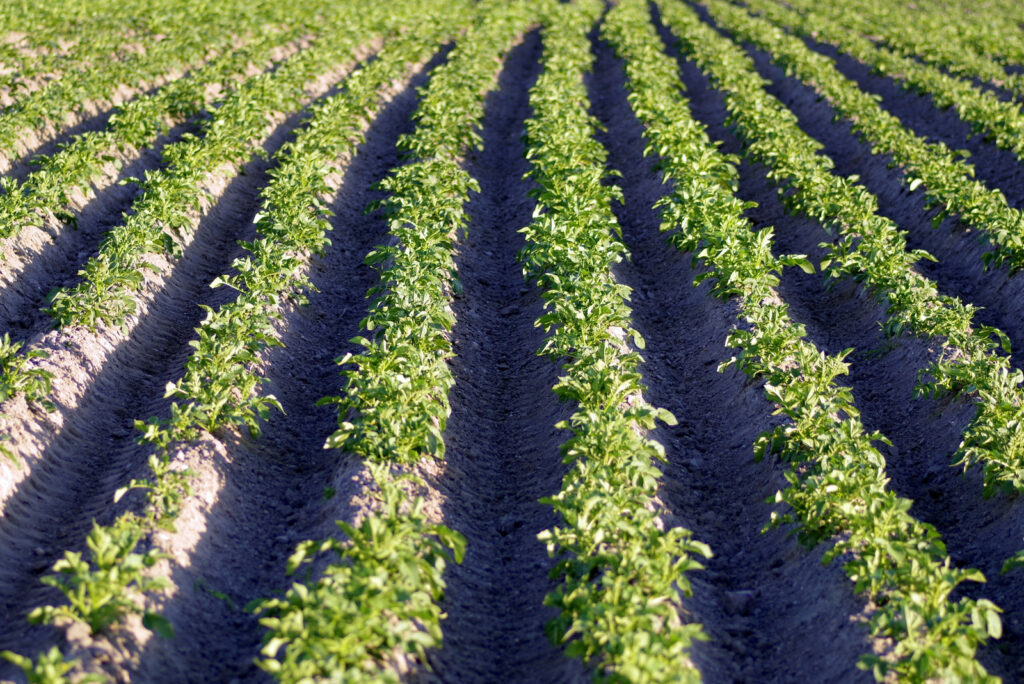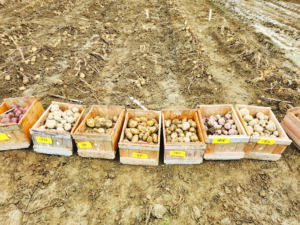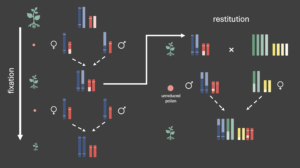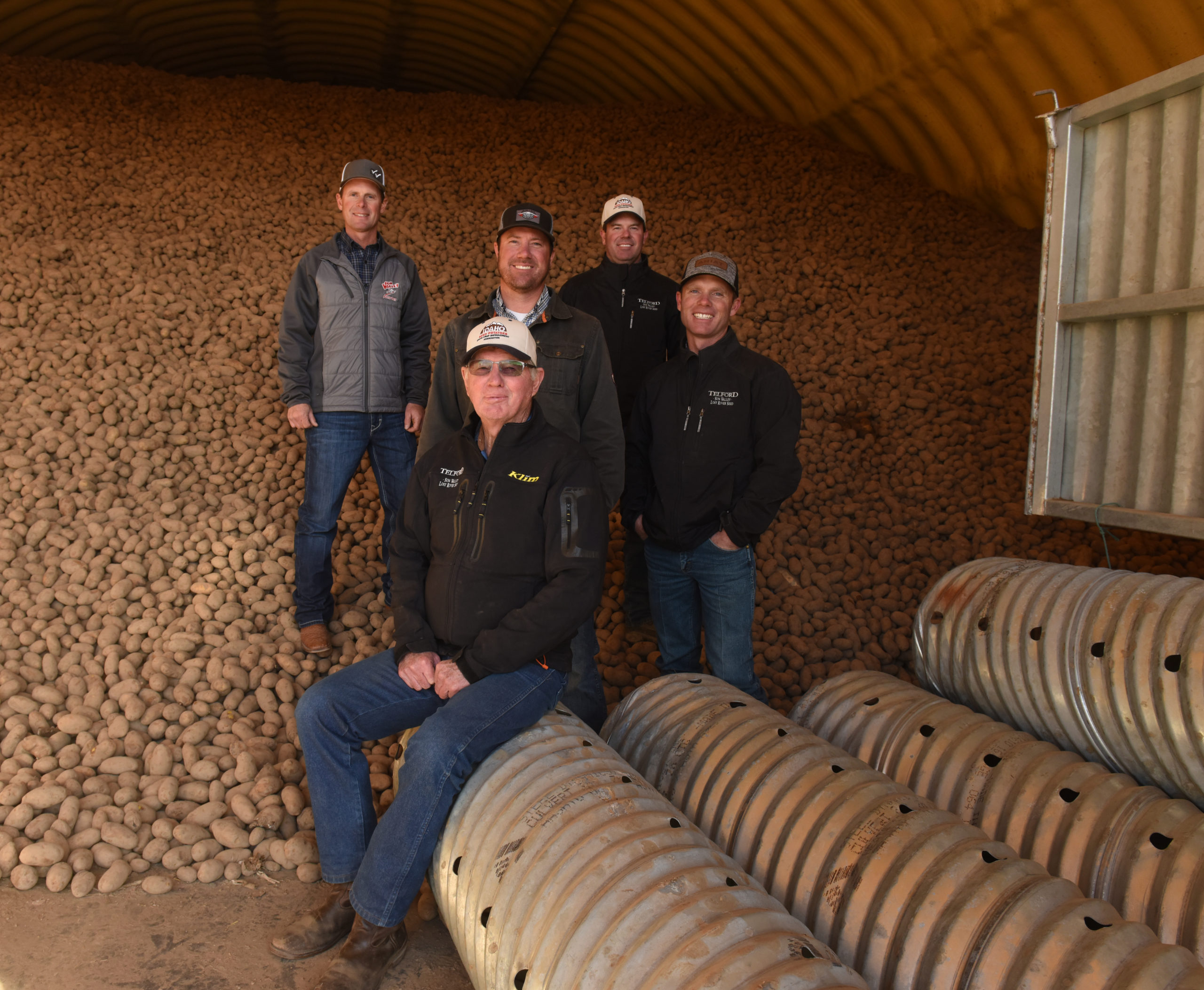
Breeding breakthroughs hold promising potential
It’s every potato breeder’s dream to be able to swiftly and efficiently bring desirable traits together to create a more productive and resistant potato cultivar. Since most potato varieties are tetraploids, breeding is both complex and time-consuming.
However, recent discoveries by Corentin Clot, a researcher at Wageningen University & Research (WUR) in Wageningen, Netherlands, related to potato sexual reproduction could simplify the breeding of this important crop.
SIMPLIFYING A COMPLEX JOURNEY
Globally, potato is a staple crop in many countries, with the United Nations’ Food and Agricultural Organization estimating that 5,000 varieties are cultivated in 159 countries. As climates change, and insect and disease pressures mount, the need for new varieties is of growing importance.
Most potato varieties are tetraploid, meaning they have four copies of each chromosome, each of which contains its own hereditary information. This makes the breeding process challenging when trying to pass desired traits from crossing parents to the offspring.

“You might have two different potato varieties with desirable characteristics that you want to combine, but upon intercrossing them, their genetic makeup will get all shuffled,” Clot said. “Then identifying superior descents is just a numbers game. This turns potato breeding into a lottery.”
One way to help ensure that the desired traits are consistently transmitted is to work with homozygous parents, meaning that identical versions of the genes are present on all chromosome copies. This is more easily achieved with diploids, as they only have two copies of each chromosome.
The path toward homozygosity is called fixation. Fixation is enabled by several rounds of self-fertilization during which the two copies of each chromosome gradually become identical to one another, Clot said.
“After fixation, you are sure of what will be transmitted during crossing, but it comes with a cost: inbreeding depression,” he said. “Inbreeding depression is the loss of vigor and fertility associated with the fixation of defective genes. One way to stay away from inbreeding depression is to limit the fixation to a set of important genes while keeping the rest of the genome ‘unfixed.’”
This approach could produce fertile, reliable diploid progenitors which would ideally be crossed with tetraploid varieties that have been improved for quality traits and high marketable yield.
A PAIR OF MAJOR DISCOVERIES
In Clot’s quest to find a way to cross tetraploid varieties with diploid parents in a way that transmitted their fixed set of traits, he made two major discoveries.
The first is that the gene allowing self-fertilization, the Sli gene, is actually present in many tetraploid varieties. Until recently, researchers believed it only existed in the diploid wild species, Solanum chacoense. Breeders can now use the Sli gene for fixation without risking bringing wild traits into their potato clones.
The second discovery facilitates crosses between diploids and tetraploids. Normally, crosses between parents with unequal ploidy levels are not possible, Clot said. When reproductive cells are formed, their genetic material is halved. The pollen of the diploid parent will contain one copy of each chromosome, and the eggs of a tetraploid variety will carry two copies of each chromosome. The resulting triploid embryos usually abort before becoming a viable seed.
However, if during pollen production, the halving of chromosome number fails, a diploid parent will produce unreduced pollen — larger-than-usual pollen grains that have the capacity to fertilize the eggs of a tetraploid.

Although breeders exploited this in the past, it was unclear how the restitution of chromosomes during the formation of the reproductive cells was genetically regulated. That is, until Clot localized the main hereditary factors associated with this trait.
A NEW BREEDING SCHEME
Clot’s discovery could be a game changer for potato breeders. Using the two-step strategy of fixation and restitution, the goal is to exploit the efficiency of self-fertilization and aim for fixation of an important set of genes while avoiding the loss of vigor that comes with repetitive inbreeding. In the restitution step, all fixed genes are shuttled to tetraploid elite clones using unreduced pollen.
Clot recently defended his thesis and plans to continue postdoctoral research with the same group of scientists at WUR.
“Now we can use the markers I developed for self-compatibility and unreduced pollen in our diploid breeding program, so we can make the ‘fixation-restitution’ breeding scheme a reality,” he said.
Clot is also collaborating with breeding companies to translate his research into practical applications. Initially, he’d like to do a proof-of- concept study using resistance genes.
“I see great potential for resistance breeding, because with classical potato breeding, it takes 10-12 years to bring a new resistance gene into a new variety, while little effort is put into stacking resistance genes before bringing them to the market,” Clot said.
This is especially problematic for fast- evolving pathogens like Phytophthora infestans (the causal agent of potato late blight), which can rapidly overcome single-resistance genes.
“Our idea will be to combine and fix as many resistance genes as possible in a diploid plant and then shuttle them all at once to the tetraploid level,”
Clot said.
A successful result would be a realistic, efficient way to breed better potato varieties that could get more robust varieties into the hands of growers faster.














